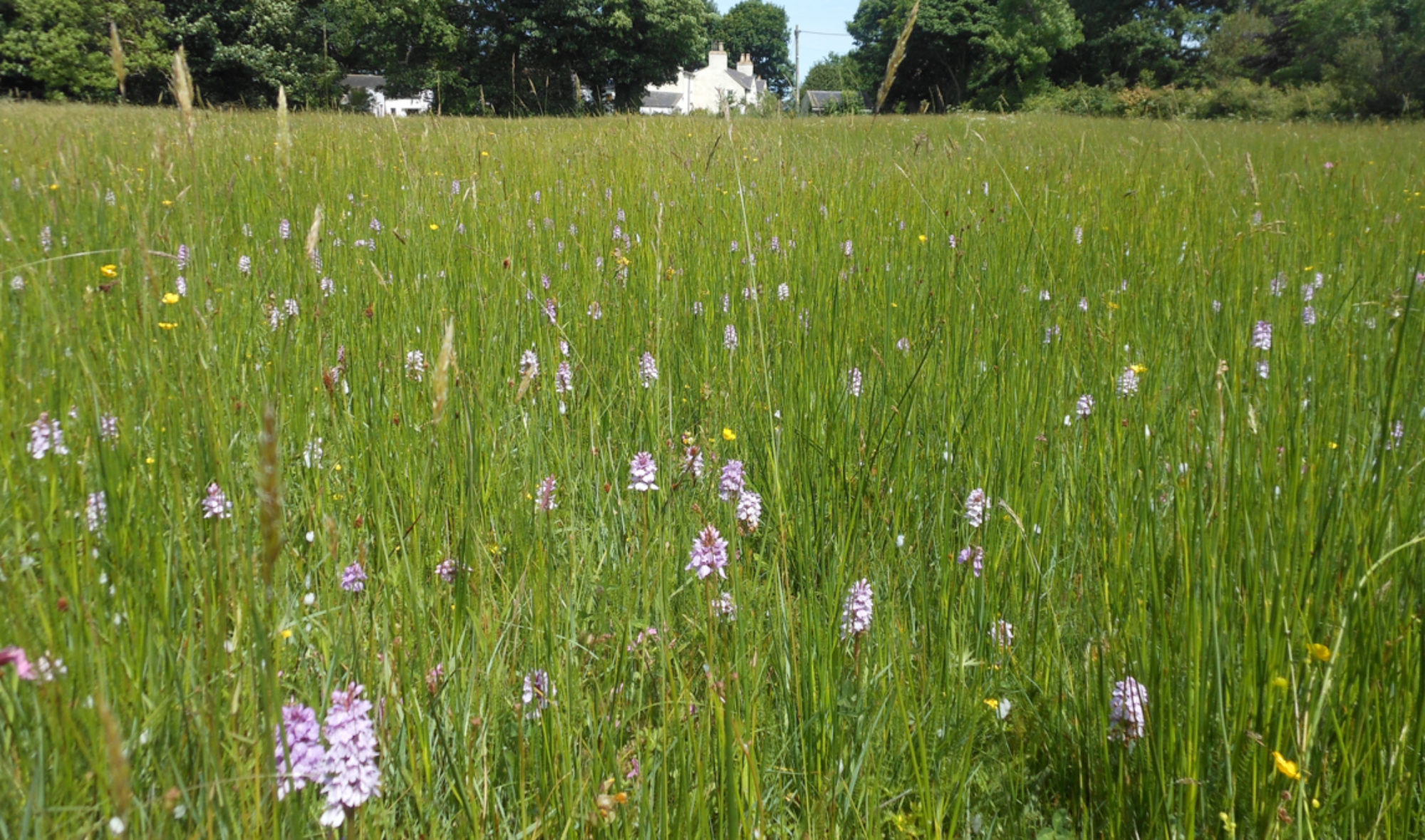About Ballacrye
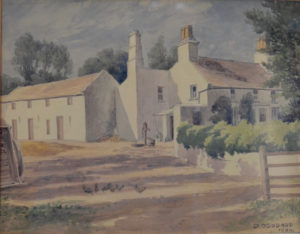 The fertile land of the Northern Plain of the Island has been cultivated from the earliest days. At that time Jurby was encircled by the Lhen and Killane Rivers and the rich land around Sandygate, at the south of this ‘island’ was close to the Lhen River and sheltered from the coastal winds. Evidence that the land around Ballacrye was settled in the Bronze Age comes from a sword from that time which was found on the neighbouring farm of Berrag. Sandygate, meaning ‘Sandy road’, sandgat from the Scandinaviangata or road, was said to be the seat of Viking royalty at one time.
The fertile land of the Northern Plain of the Island has been cultivated from the earliest days. At that time Jurby was encircled by the Lhen and Killane Rivers and the rich land around Sandygate, at the south of this ‘island’ was close to the Lhen River and sheltered from the coastal winds. Evidence that the land around Ballacrye was settled in the Bronze Age comes from a sword from that time which was found on the neighbouring farm of Berrag. Sandygate, meaning ‘Sandy road’, sandgat from the Scandinaviangata or road, was said to be the seat of Viking royalty at one time.
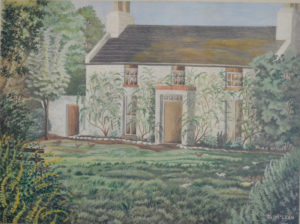 Ballacrye was formerly part of the Quarterland of Ballachurry. Until the Eighteenth Century the only houses would have been the cottage, now a tholtan just inside the entrance to Ballacrye Farm, and another cottage where the farmhouse is today. With the increasing population and demand for food from the mid 18thcentury, farmers had to get the most from their land, with buildings for their animals and to store their crops, and a farmhouse. The Manx cottage at Ballacrye would have been built up to give another storey as well as being extended. There is evidence that the roof of the house was raised three times over the years. The outbuildings contained a stable and two cowsheds, with a loft above for storing hay and straw. In the adjoining barn a large cog in the wall which was part of the mechanism for grinding the corn, which led to the mill-round can still be seen.
Ballacrye was formerly part of the Quarterland of Ballachurry. Until the Eighteenth Century the only houses would have been the cottage, now a tholtan just inside the entrance to Ballacrye Farm, and another cottage where the farmhouse is today. With the increasing population and demand for food from the mid 18thcentury, farmers had to get the most from their land, with buildings for their animals and to store their crops, and a farmhouse. The Manx cottage at Ballacrye would have been built up to give another storey as well as being extended. There is evidence that the roof of the house was raised three times over the years. The outbuildings contained a stable and two cowsheds, with a loft above for storing hay and straw. In the adjoining barn a large cog in the wall which was part of the mechanism for grinding the corn, which led to the mill-round can still be seen.
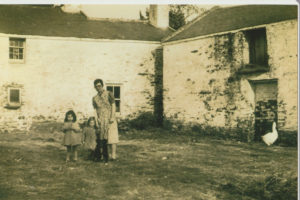 After a long period of decline in farming, when Jurby suffered more than any of the other island parishes, there was another time of expansion and prosperity when RAF Station Jurby was built in 1938. The demand for food came not just from the RAF station, but the whole Island and beyond. A dairy and hen house were built at Ballacrye and men and their families from the RAF were billeted in the farmhouse. So Ballacrye first had self-catering guests in the early 1940s! After the war these families continued to come for their holidays.
After a long period of decline in farming, when Jurby suffered more than any of the other island parishes, there was another time of expansion and prosperity when RAF Station Jurby was built in 1938. The demand for food came not just from the RAF station, but the whole Island and beyond. A dairy and hen house were built at Ballacrye and men and their families from the RAF were billeted in the farmhouse. So Ballacrye first had self-catering guests in the early 1940s! After the war these families continued to come for their holidays.
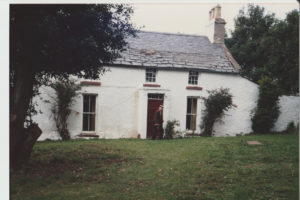 By 1990 Ballacrye had been empty for a number of years and required complete renovation. A few years later the lean-to shed adjoining the house, which had been used for storing the binder, and the thie veg or ‘little house’ in front of the shed were replaced by the cottage which became Ballacrye Beg, ‘Little Ballacrye’.
By 1990 Ballacrye had been empty for a number of years and required complete renovation. A few years later the lean-to shed adjoining the house, which had been used for storing the binder, and the thie veg or ‘little house’ in front of the shed were replaced by the cottage which became Ballacrye Beg, ‘Little Ballacrye’.
